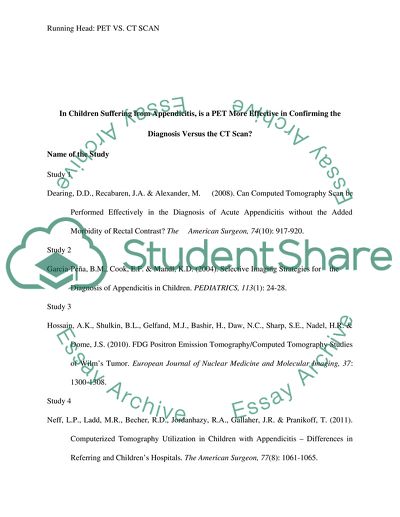Cite this document
(Understanding Evidence-Based Practice Effect of PET vs. CT SCAN in Term Paper, n.d.)
Understanding Evidence-Based Practice Effect of PET vs. CT SCAN in Term Paper. Retrieved from https://studentshare.org/health-sciences-medicine/1762359-come-up-with-one
Understanding Evidence-Based Practice Effect of PET vs. CT SCAN in Term Paper. Retrieved from https://studentshare.org/health-sciences-medicine/1762359-come-up-with-one
(Understanding Evidence-Based Practice Effect of PET Vs. CT SCAN in Term Paper)
Understanding Evidence-Based Practice Effect of PET Vs. CT SCAN in Term Paper. https://studentshare.org/health-sciences-medicine/1762359-come-up-with-one.
Understanding Evidence-Based Practice Effect of PET Vs. CT SCAN in Term Paper. https://studentshare.org/health-sciences-medicine/1762359-come-up-with-one.
“Understanding Evidence-Based Practice Effect of PET Vs. CT SCAN in Term Paper”, n.d. https://studentshare.org/health-sciences-medicine/1762359-come-up-with-one.


